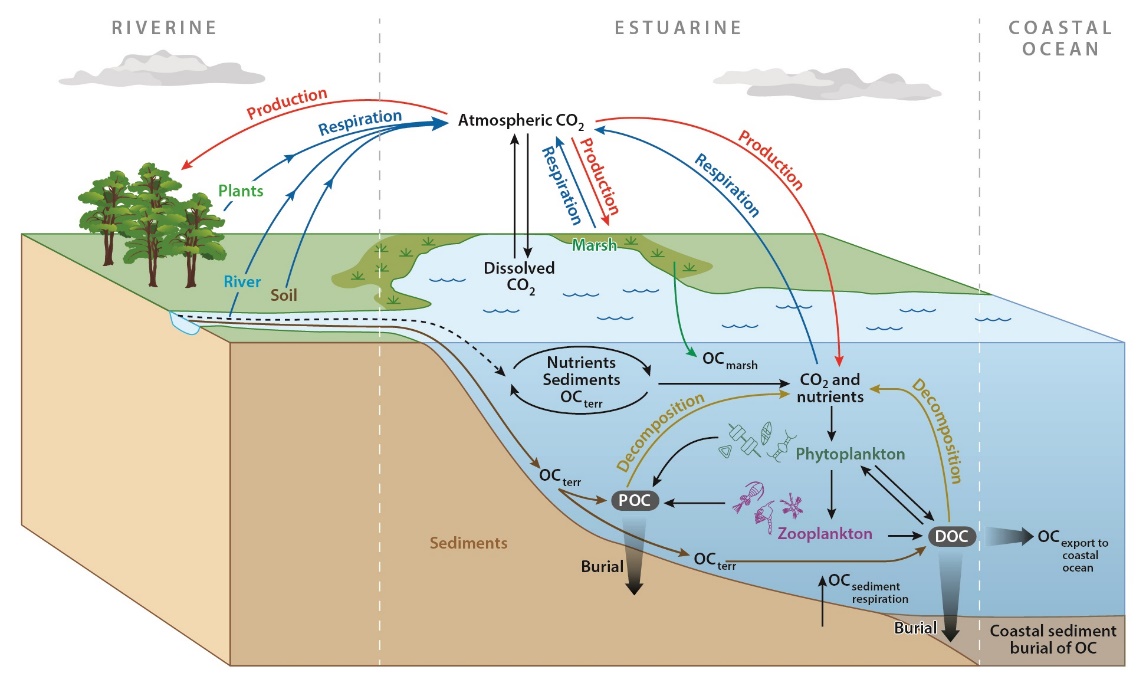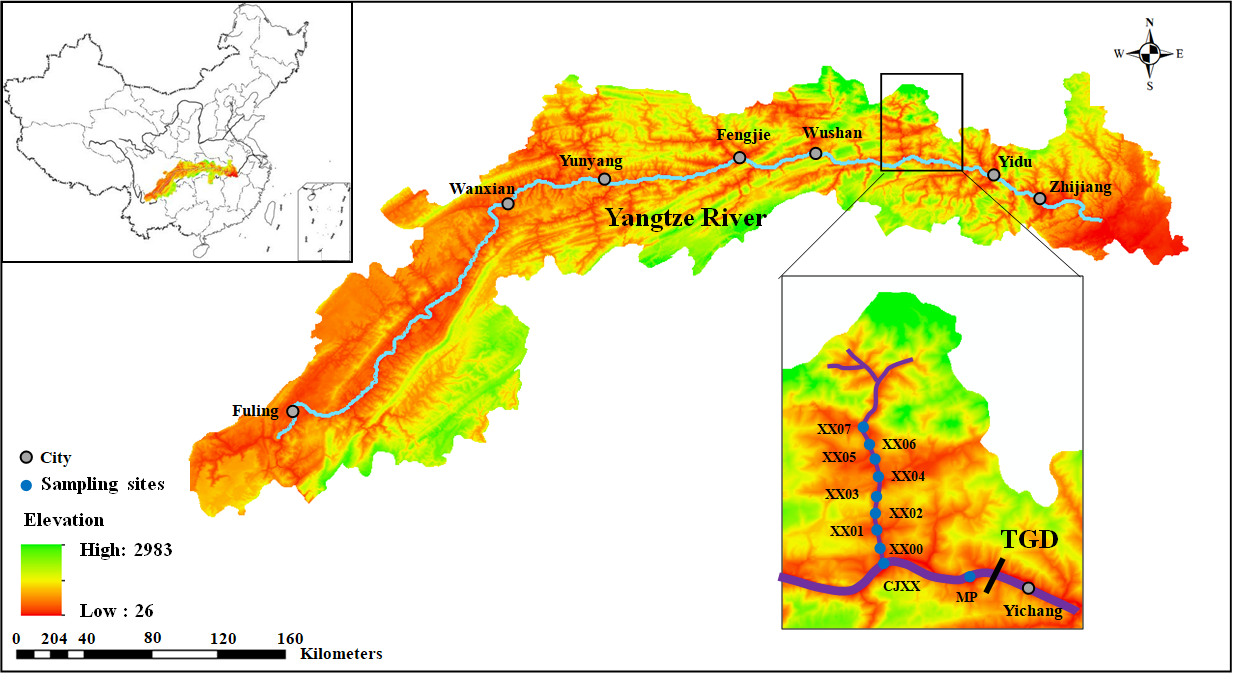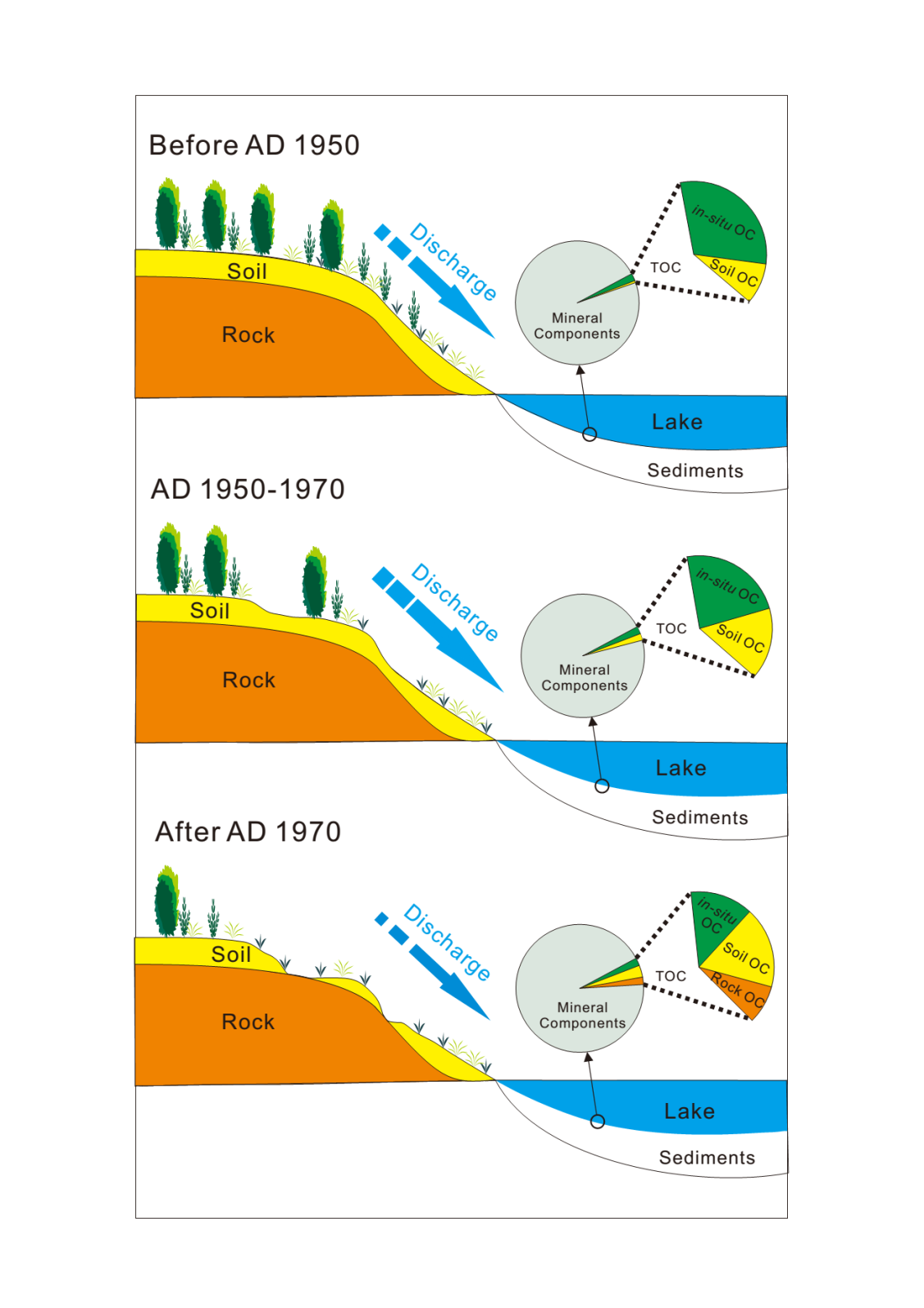The Institute of Environmental and Biogeochemistry, Zhejiang University is one of the earliest units to carry out Environmental Geochemistry research in China. It compiled and published the first textbook of Environmental Geochemistry in China. In recent years, along with the development of this institute in research team and analytical technology, Biological Organic Geochemistry, which is the cross-study of Organic Geochemistry and Environmental Microbiology, is now the major focus of this institute. It has built the Environmental Microbiology Laboratory, Water Soluble Organic Matter Analysis Laboratory, Gas Chromatography Mass Spectrometry Laboratory, and Isotope Mass Spectrometry Laboratory. At present, there are 1 Professor, 1 Distinguished Researcher, and 2 Associate Professors in this institute. With the support of the National Key Basic Research Program, the National Science Foundation of China and the projects of petroleum enterprises, this institute takes ancient and modern sediments from lakes, estuaries, and marine environments as its main research archive, and studies the accumulation of ancient sedimentary organic matters, the carbon and nitrogen cycles, historical evolution of climates and environments, oceanic sedimentary mineral resources, etc.
Major research areas
(1) Sources and transformation of organic matter in riverine, coastal and oceanic environments
A related area of research pursued by our institute has been investigating transformations in particulate organic carbon (POC) and dissolved organic carbon (DOC) composition in coastal and oceanic regions (Figures 1, 2). The major techniques we applied were from bulk and molecular levels. The bulk techniques include elemental composition, stable carbon and nitrogen isotopes. The molecular related characterization included optical properties, 3-D fluorescence, gas chromatography mass spectrometry, gas chromatography isotope ratio mass spectrometry and Fourier transform ion cyclotron resonance- Mass Spectrometry (FT-ICR-MS) etc.

Figure 1. Definition of particulate organic carbon (POC) and dissolved organic carbon (DOC)
Adapted from Azam and Malfatti, 2007

Figure 2. Carbon cycling in riverne-estuarine-coastal oecan systems
Adapted from: Canuel et al., 2012
Case study 1:
Coastal wetland locates at the transition zone between land and ocean. Soil organic carbon in coastal wetland can be a sensitive indicator of climate change and plays a key role in global biogeochemical cycle. Microbes are usually decomposers in the ecosystem, consist an important component in the costal wetland ecosystem. It plays a key role in the organic matter cycling, deposition and transformation in coastal wetland. Past research usually focusses on the organic matter deposition process, or on the microbial composition in the surface soil of coastal wetland, but neglect the contribution of microbes to the soil pool and the microbial transformation of dissolved organic matter at the molecular level. This present project combines multi approaches, especially the Fourier transform-ion cyclotron resonance-mass spectrometry (FT-ICR-MS) and the high throughput sequencing techniques to characterize composition and changes of sedimentary dissolved organic matter (DOM) at the molecular and the sedimentary microbial composition in Liaohe coastal wetland (Figure 3), and to elucidate the coupling mechanisms between them. This project will further understand how typical costal wetland microbes transform and degrade DOM at a long time series and at the molecular level during the sedimentary organic matter deposition.

Figure 3. Map showing sample sites and locations of samples
Case study 2:
Large-scale damming in the world has changed the organic matter transport, transformation and deposition process in the river, which has greatly affected the carbon burial and cycling in downstream and coastal area. The “reservoir effect” is currently an important part of the global carbon cycle. Because of its special hydrodynamic condition, the organic matter transformation and deposition process is very complex, which has largely restricted the carbon budget in the reservoir area. Based on previous basic monitoring data, this project is planning to focus on the head part of the Three Gorges Reservoir area (Figure 4), using molecular organic geochemistry tools to carefully analyze the molecular composition, structure and biomarker composition of dissolved organic matter (DOM), particulate organic matter (POM), and sedimentary organic matter (SOM) in both the main and branch stream area. Our goal is to provide a profound understanding of the organic matter source, transformation and deposition mechanism in the Three gorges reservoir area under different seasons and hydrological conditions. The project will provide scientific basis for understanding the carbon budget in reservoir area and for the assessment of current and future terrestrial carbon cycle model.

Figure 4. Sampling map showing Three Gorges Reservoir.
(2) Natural vs. anthropogenic effects on lake ecosystem evolution
Understanding how the ecological dynamics of lake ecosystem respond to natural vs. anthropogenic activities since the industrial revolution is an important issue for future environmental change projection and associated strategy-making (Figure 5). Molecular biomarkers have been proven to be a powerful tool for reconstructing the bio-productivity of in-situ organisms in the lake and thus the lake ecological dynamics. Also, biomarkers with geological configuration would help to disentangle the magnitude of rock erosion process and thus evidence for the regional desertification. We analyzed biomarkers from lake sedimentary cores to study how the lake ecosystem evolved over the Industrial era and identify the factors (natural vs. anthropogenic) controlling the ecological dynamics during the ecosystem evolution.

Figure 5. Organic carbon cycling in typical lake systems during the last century
